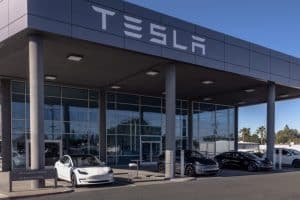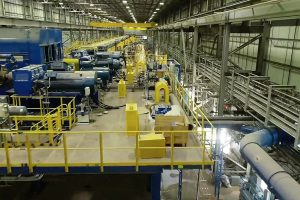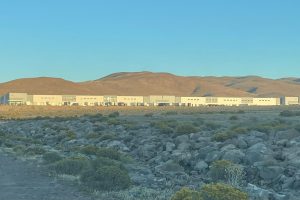- 🚗 General Motors (GM) is ending its Ultra Cruise driver assistance program, a potential rival to Tesla’s Full Self-Driving (FSD) beta.
- 💰 GM is reallocating spending and focusing on the Super Cruise system instead of maintaining two separate ADAS systems.
- 🤖 Ultra Cruise, set for premium vehicles, was designed for hands-free driving and broader usage areas, aiming to cover over 2 million miles of roads at launch.
- 📸 Ultra Cruise planned to use long-range cameras, short-range sensors, and real-time data for control, akin to Tesla’s FSD beta.
- 🚧 The decision follows issues with GM’s self-driving company Cruise, including an October accident and subsequent investigations.
- 🛣️ Super Cruise remains a priority for GM, with a focus on expanding access and capabilities for advanced driver assistance technology.
The automotive industry has been on a fascinating journey towards autonomous driving, with key players like General Motors (GM) and Tesla leading the charge. However, a recent announcement suggests that GM is taking a detour, bidding adieu to its Ultra Cruise driver assistance program – a move that raises eyebrows and sparks discussions about the future of autonomous vehicles.
The Rise and Fall of Ultra Cruise
- The Rivalry with Tesla’s FSD Beta 🚗 GM’s Ultra Cruise was once touted as a potential rival to Tesla’s Full Self-Driving (FSD) beta. The industry eagerly anticipated the clash of titans in the autonomous driving arena.
- Financial Reallocation and Strategic Focus 💰 GM’s decision to terminate the Ultra Cruise program is accompanied by a strategic reallocation of funds. The company is redirecting its focus towards the Super Cruise system, opting for a streamlined approach rather than maintaining two separate Advanced Driver Assistance Systems (ADAS).
- Ultra Cruise’s Vision for Premium Driving 🤖 Envisioned for premium vehicles, Ultra Cruise promised a hands-free driving experience, covering a vast expanse of over 2 million miles of roads at launch. It aimed to redefine the driving experience with cutting-edge technology.
- Technological Blueprint: Cameras, Sensors, and Real-Time Data 📸 Ultra Cruise intended to employ a sophisticated combination of long-range cameras, short-range sensors, and real-time data for precise control – drawing parallels with Tesla’s FSD beta. The competition in technological innovation was poised to benefit consumers.
- The Bumps in the Road: Cruise’s October Incident 🚧 GM’s self-driving subsidiary, Cruise, faced a significant setback following an October accident. The incident triggered investigations and led to a reshuffling of personnel. The repercussions cast a shadow over the broader autonomous driving landscape.
- Super Cruise Takes the Helm 🛣️ Despite the setback, GM is doubling down on its commitment to autonomous driving with the Super Cruise system. This system, designed to enhance driver assistance technology, remains a priority. The company aims to expand access and capabilities, navigating the challenges with resilience.
The Road Ahead: Navigating Challenges and Embracing Change
As the automotive industry grapples with the complexities of autonomous driving, GM’s decision to retire Ultra Cruise prompts reflection. What does this mean for the future of driver assistance technology, and how will it impact the competition with Tesla?
The challenges faced by Cruise, GM’s self-driving arm, underscore the intricate nature of developing autonomous vehicles. Accidents and investigations serve as stark reminders of the ethical, technical, and regulatory hurdles that must be overcome.





